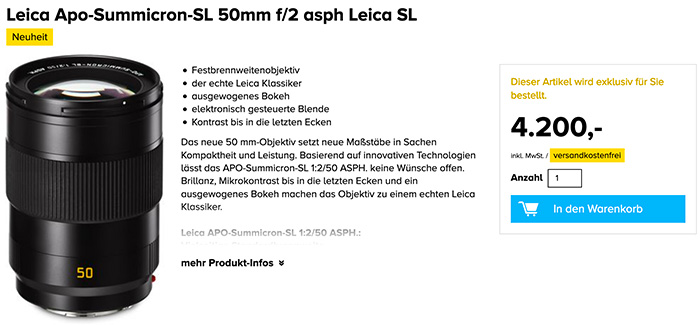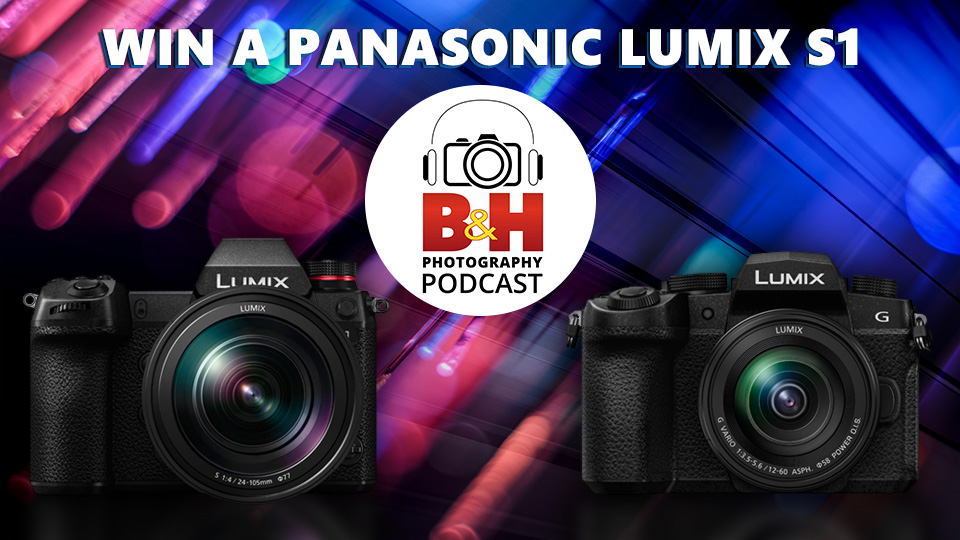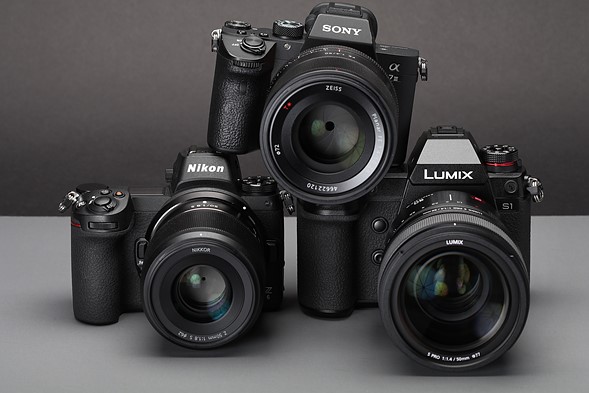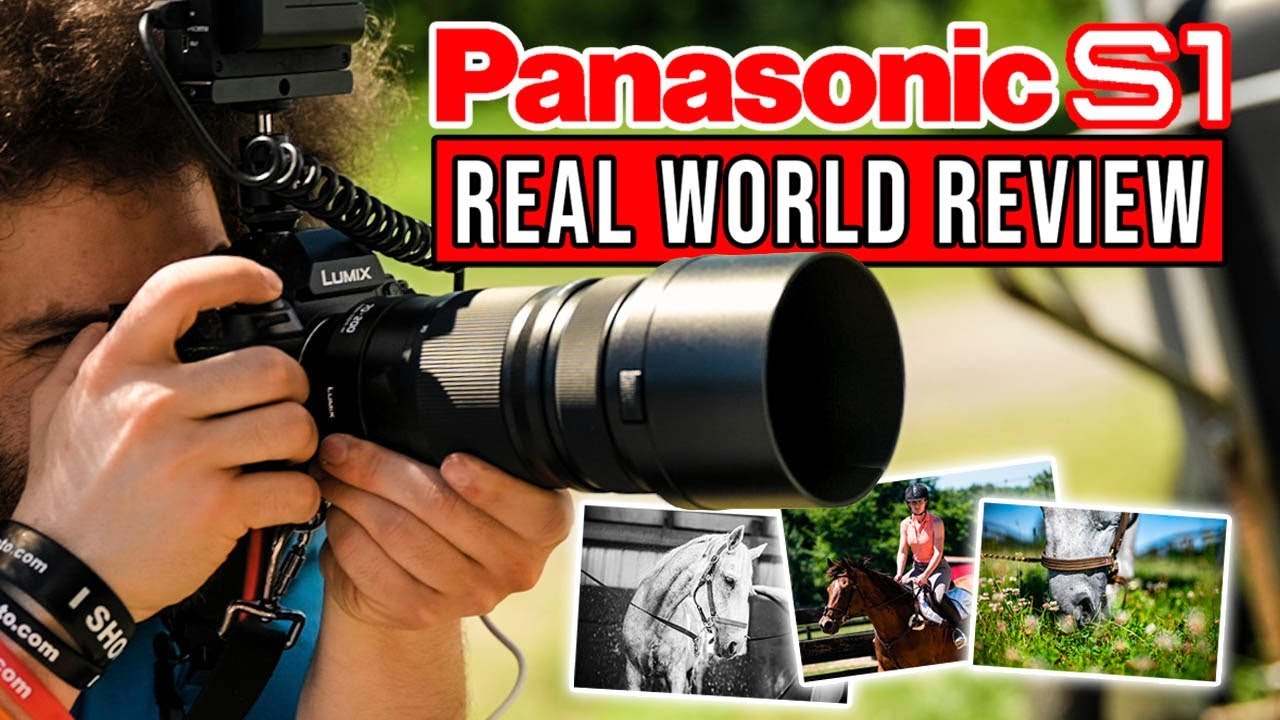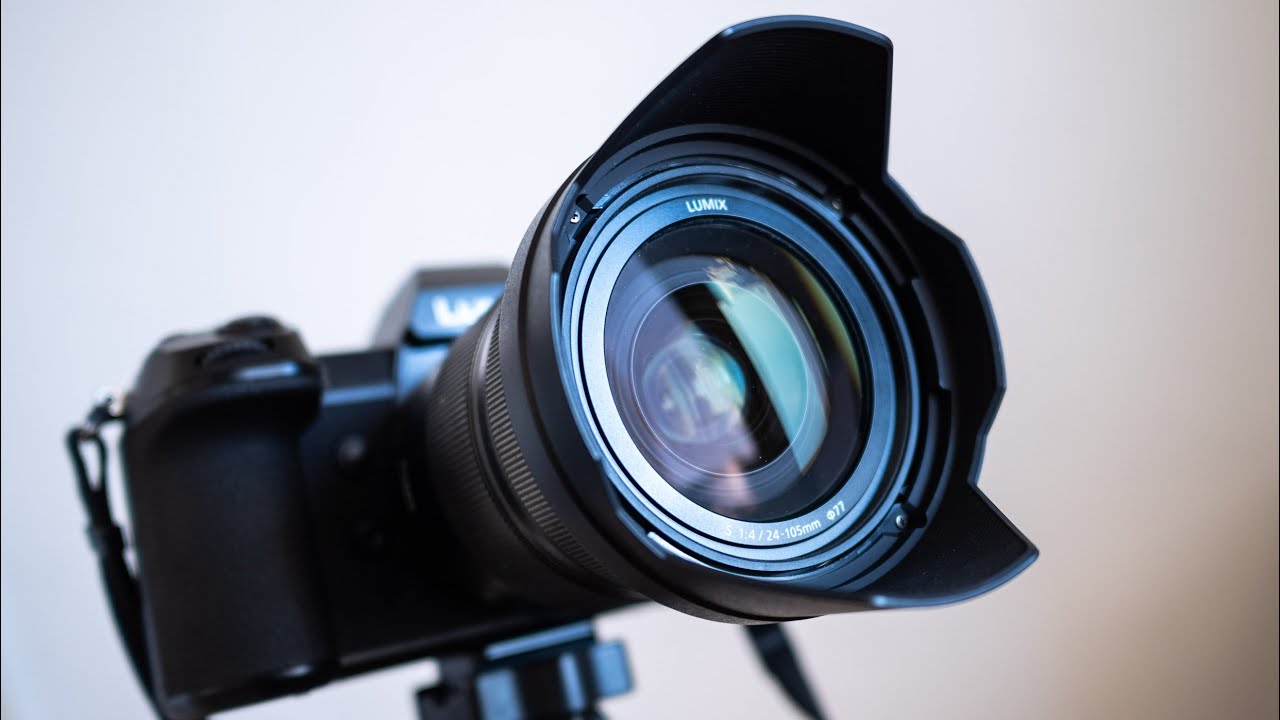EISA award for the Panasonic S1R
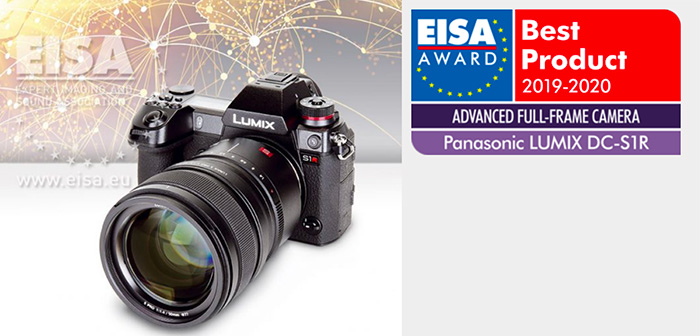
EISA writes:
The Panasonic LUMIX DC-S1R is an extremely well built professional camera with significant protection against the elements. It combines speedy performance with very high 47.3-megapixel resolution, providing exceptional image quality that stands out from even the best of its competitors. In addition, the High Resolution multi-shot feature provides huge 187-megapixel images with incredible levels of detail. Furthermore, the camera’s ergonomics are first-rate, with a large electronic viewfinder that sets new standards for detail and a three-way tilting touchscreen. Add in comprehensive video features, and you have a complete camera for professionals.

